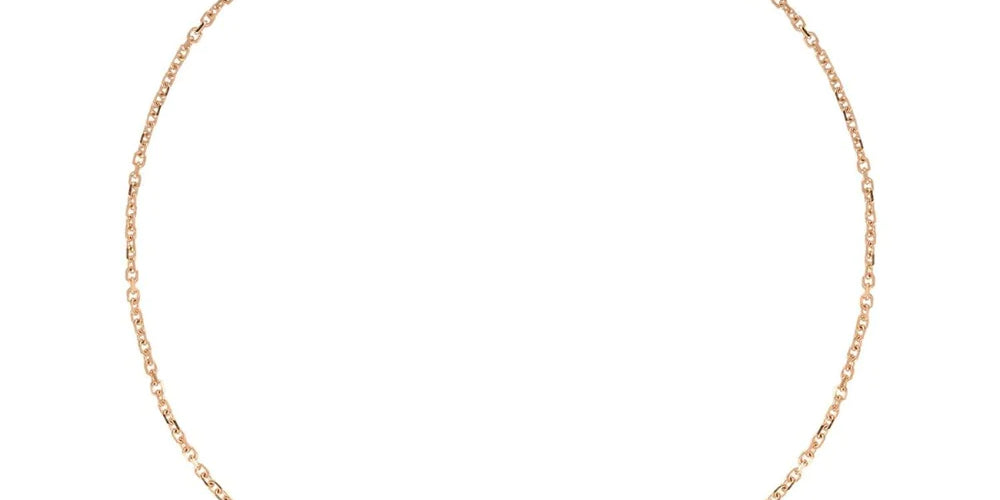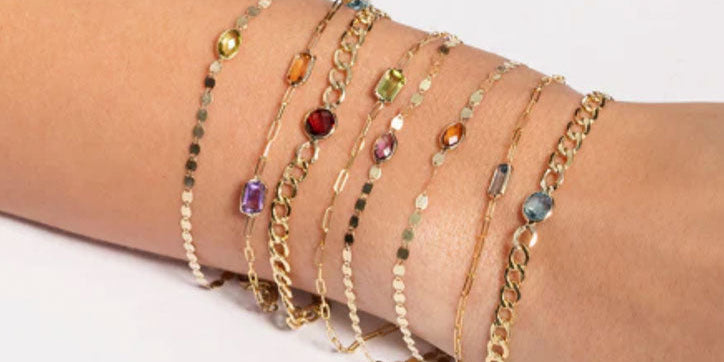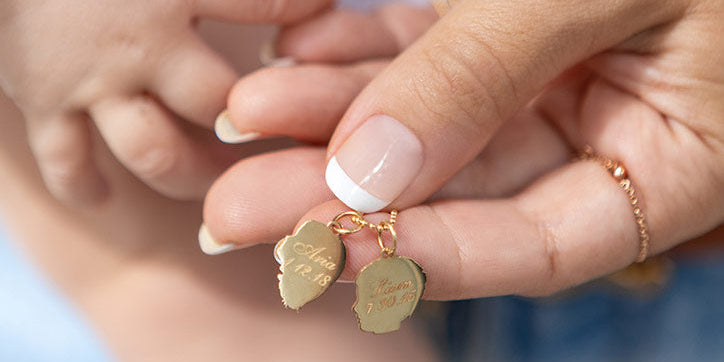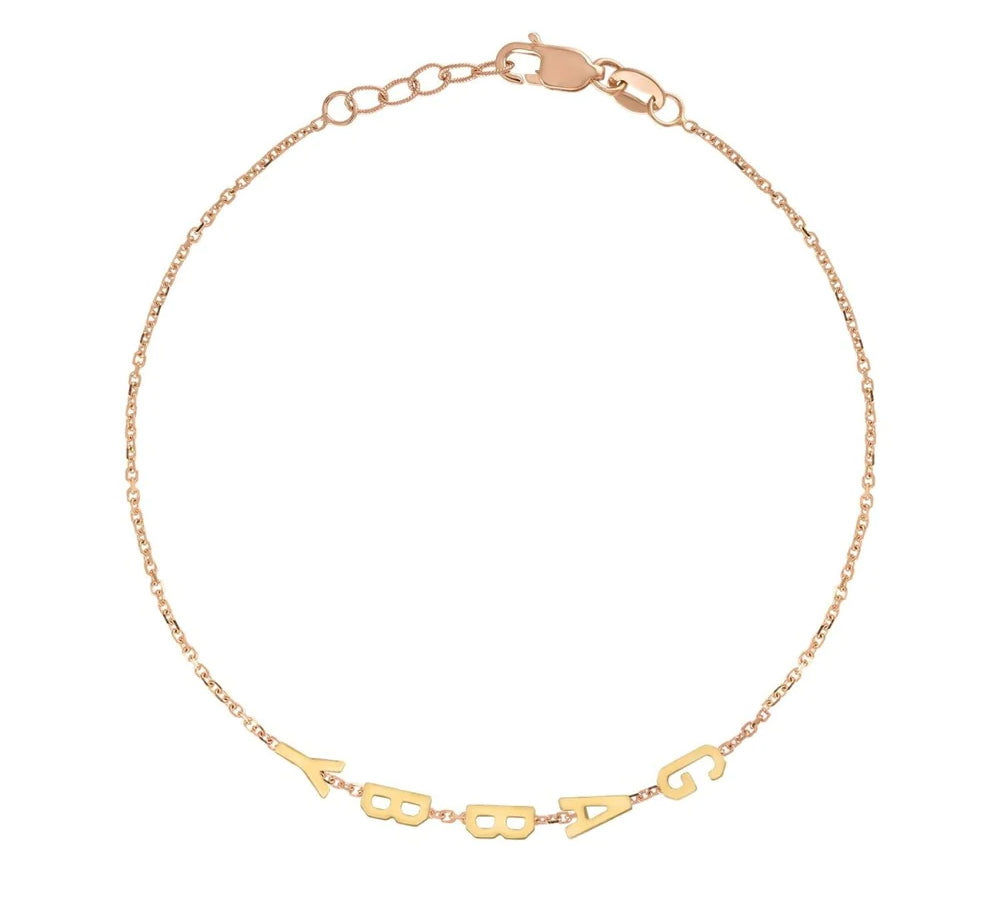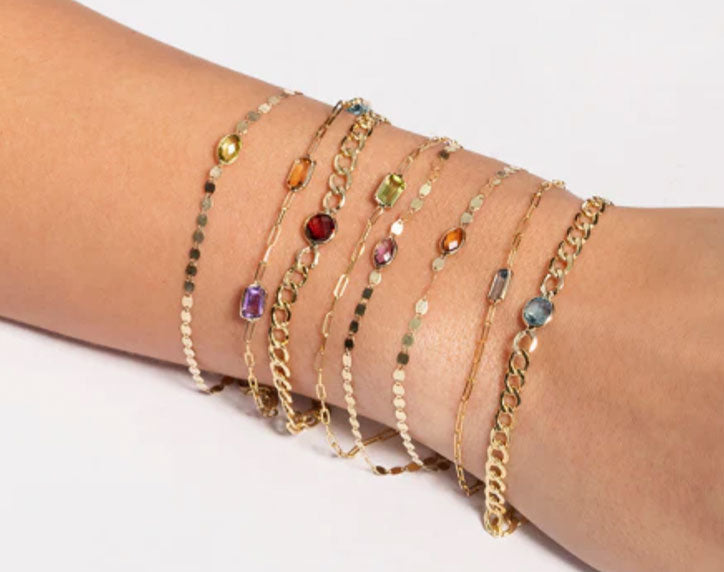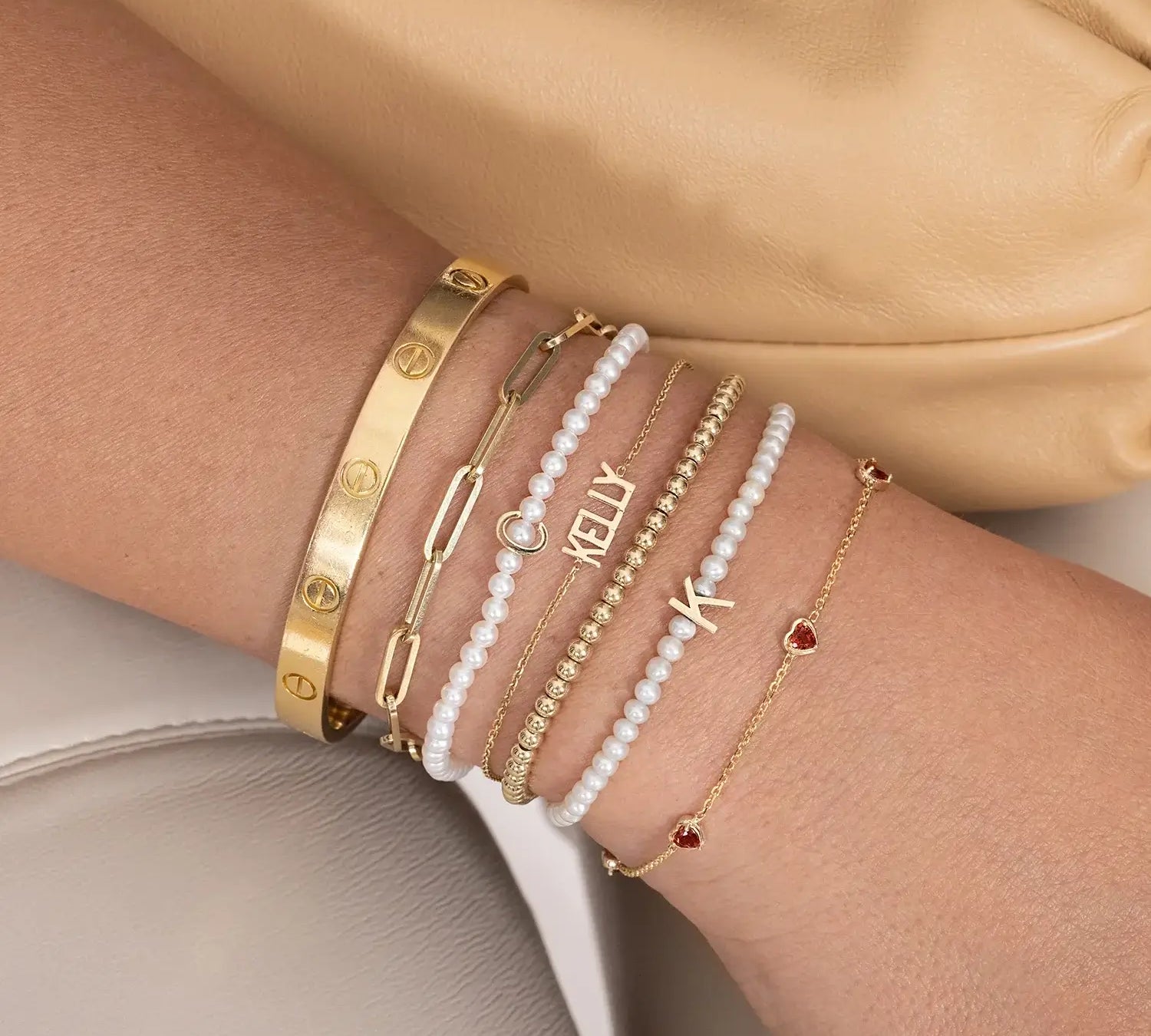
Amethyst is the birthstone for the month of February, and it’s a gemstone that has captivated people for centuries with its rich, vibrant purple hues. Known for its regal beauty, historical significance, and believed healing properties, amethyst is much more than just a beautiful stone—it’s a symbol of balance, courage, and spiritual clarity. Whether you’re celebrating a February birthday, searching for the perfect gift, or simply love gemstones, amethyst is a must-have for any jewelry collection.
A Royal History
Amethyst has long been associated with royalty and power. In ancient times, it was often used to adorn crowns, scepters, and ceremonial objects, prized as much for its deep purple hue as for its rarity. Purple dye was historically expensive and difficult to produce, so naturally, purple gemstones like amethyst became symbols of wealth, luxury, and status. Monarchs, priests, and nobles prized amethyst for its majestic appearance and considered it a gemstone worthy of those in high positions.
The stone’s significance wasn’t only aesthetic. Amethyst was believed to give its wearer courage, strength, and wisdom. Ancient warriors sometimes wore amethyst into battle for protection and confidence. Royalty and spiritual leaders often used it to calm their minds and make thoughtful decisions. Today, wearing amethyst continues to carry a sense of elegance and sophistication, making it perfect for jewelry that’s both meaningful and stylish.
The Meaning Behind the Name
The name “amethyst” comes from the Greek word amethystos, which translates to “not drunken.” The ancient Greeks believed that amethyst could protect its wearer from intoxication, and it was often used in drinking vessels, as well as carried as a protective talisman. Monks in the Middle Ages also valued amethyst for its purported ability to enhance spiritual clarity and sobriety, using it in religious ceremonies and as part of sacred adornments.
This fascinating origin adds another layer of meaning to the stone. Amethyst is not just beautiful—it symbolizes self-control, clarity of mind, and protection. Giving or wearing amethyst is a way to carry these qualities with you.
Properties and Appearance
Amethyst is a variety of quartz, which makes it both durable and versatile for use in jewelry. On the Mohs scale of mineral hardness, amethyst ranks a 7, meaning it’s relatively resistant to scratches and suitable for everyday wear. This makes it a practical choice for necklaces, rings, bracelets, and earrings.
The color of amethyst is one of its most striking features. It can range from pale lavender to deep, royal purple, with some stones appearing almost black in certain lights. The depth of color often determines the value of the gemstone, with the deepest, richest purple hues being the most prized. Some amethysts also display a unique “color zoning,” where the intensity varies within the stone, giving each gem a one-of-a-kind appearance.
Symbolism and Meaning
Throughout history, amethyst has been associated with several symbolic meanings, many of which continue today:
-
Balance and Inner Peace: Amethyst is said to calm the mind, helping its wearer maintain balance and composure in stressful situations.
-
Spiritual Growth: Many spiritual practitioners use amethyst to enhance meditation, intuition, and clarity of thought.
-
Protection: From its Greek origins as a talisman against drunkenness to modern beliefs in its protective properties, amethyst has long been considered a stone that shields the wearer from negativity.
-
Healing and Comfort: It is believed to aid emotional healing, helping those who are grieving or struggling with anxiety to find peace.
Wearing amethyst or keeping it close—whether as jewelry, a pocket stone, or a decorative piece in your home—is thought to invite these positive energies into your life.
Amethyst in Jewelry
Amethyst’s combination of beauty and durability makes it a favorite for all types of jewelry. Its deep purple tones complement metals like sterling silver, white gold, and yellow gold, making it versatile for different styles and occasions.
For a classic and elegant look, amethyst is often cut into faceted gemstones for rings or pendants, allowing the stone to catch and reflect light beautifully. For a more understated or modern style, smooth cabochon cuts are popular in earrings and bracelets.
Amethyst jewelry also makes a thoughtful and meaningful gift. A February birthday, anniversary, or personal milestone is a perfect occasion to give amethyst. Whether set in a birthstone ring, a necklace, or a bracelet, this gemstone communicates both beauty and intention.
Caring for Your Amethyst
While amethyst is durable, proper care ensures it stays vibrant for years. Here are a few tips:
-
Avoid harsh chemicals: Remove amethyst jewelry when cleaning or swimming in chlorinated water.
-
Protect from extreme heat: Exposure to high heat can fade the color of the stone.
-
Clean gently: Use warm, soapy water and a soft brush. Avoid ultrasonic cleaners for antique or delicate settings.
-
Store separately: Keep amethyst jewelry in a soft pouch or jewelry box to avoid scratches from harder stones.
With a little care, amethyst jewelry can last a lifetime, becoming a treasured keepsake or even a family heirloom.
Amethyst Beyond Jewelry
Amethyst isn’t just for jewelry—it’s also a popular choice for decorative items and wellness practices. Crystal enthusiasts use amethyst geodes and clusters for home décor, meditation, and spiritual practices. Its calming energy is said to encourage relaxation and mindfulness, making it a popular choice for bedrooms, workspaces, or meditation corners.
Even if you’re not wearing amethyst daily, having a small amethyst stone in your environment can bring a touch of beauty and serenity into your life.
Fun Facts About Amethyst
-
Royalty’s favorite: Purple has long been associated with kings, queens, and spiritual leaders. Amethyst fit perfectly into that tradition.
-
Global gem: Major sources of amethyst include Brazil, Uruguay, and Zambia, with each region producing stones with slightly different hues.
-
Versatile gem: From statement rings to delicate studs, amethyst is suitable for all jewelry styles and occasions.
-
Historical beliefs: Beyond sobriety, ancient cultures also believed amethyst could cure insomnia, bring clarity, and enhance focus.
Why You Should Add Amethyst to Your Collection
Whether you have a February birthday, are shopping for someone special, or simply love gemstones, amethyst is a versatile and meaningful addition to any jewelry collection. Its regal color, historical significance, and believed spiritual benefits make it a gem that’s both beautiful and purposeful.
A simple amethyst necklace or birthstone ring isn’t just a fashion statement—it’s a celebration of tradition, personal meaning, and timeless elegance. With its wide range of shades, every piece of amethyst jewelry is unique, giving the wearer a truly one-of-a-kind gem to cherish.
Final Thoughts
Amethyst is more than just a pretty purple stone. It’s a gem that carries centuries of history, symbolism, and meaning. From its Greek origins protecting the wearer against drunkenness to its reputation as a stone of balance, peace, and clarity, amethyst continues to inspire admiration and reverence.
Whether as a birthstone gift, a piece of personal jewelry, or a decorative crystal, amethyst is a gemstone that adds both beauty and intention to life. Its vibrant purple hues and timeless appeal make it a stone worth celebrating—and wearing—every day.
Celebrate February, embrace elegance, and invite the calm, courage, and clarity of amethyst into your life.
